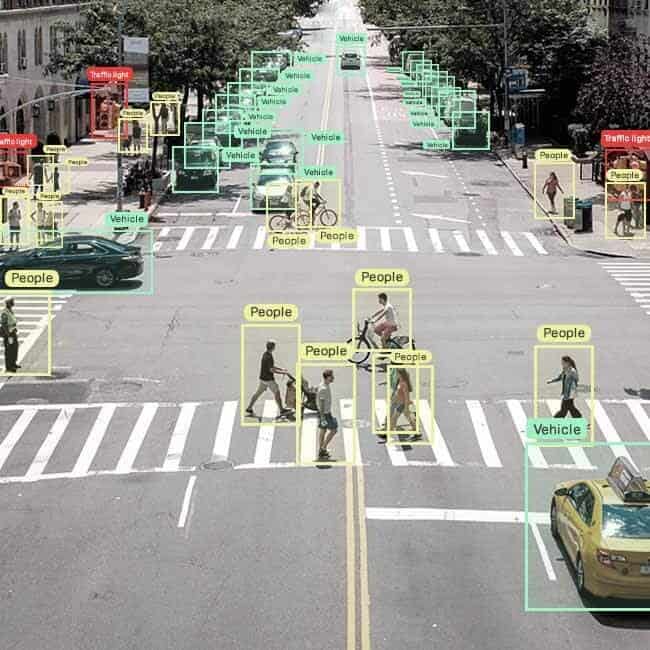In the current data-driven world enterprises across industries rely on the ability of artificial Intelligence (AI) and machine learning (ML) to extract valuable insights from vast amounts of data. Image annotation, which is an essential technique in computer vision, aids in discern visual information. This article examines the world of image annotation and the significance of image-annotating tools, software and solutions to unlock the power of data-driven choices.

Image annotation is the method of labeling images or tag them with metadata. This makes it possible for computers to interpret and process visual data more precisely. Image annotation, like including bounding boxes, polygons or keypoints to images, allows ML models detect patterns, objects and attributes. This process bridges between raw image data, and actionable insights. It opens the doors to applications in various domains such as autonomous vehicles and medical imaging.
An extensive array of image annotation tools have been created to make annotation easier. These tools come with intuitive interfaces which allow users to easily mark objects or images of curiosity. These tools provide a variety of annotation options, along with customizing features that can be tailored to meet particular data requirements. An image annotation tool is available in a broad range of options, which include basic drawing tools, advanced shapes recognition, and automated annotation suggestions. This gives annotationists the capability to work quickly and efficiently.
Image annotation takes the annotation process to the next level by incorporating automation and collaboration features. These applications make use of ML algorithms to automatize the process making it easier to work with less manual effort and improving the speed of annotation. The software for annotation uses methods like active learning and transfers knowledge to improve the speed of labeling while maintaining quality outcomes.
The software for annotation allows seamless collaboration among multiple annotators. It permits real-time communication including annotation versioning, comments and annotation and also creates a collaborative atmosphere. This approach to collaboration does not just improve the quality of annotations, it also promotes knowledge sharing and guarantees consistent annotations.
When selecting an image annotation software there are several things to be considered. Firstly, it should be in line with the specific requirements of the particular project. This includes the different types of annotation (e.g. keypoints and polygons) along with the complexity of labeling tasks, and the ability to scale.
Secondly, the flexibility and adaptability of the software are important. An effective annotation system should permit the customisation of workflows for annotation and integration with existing data management systems, and compatibility with various data formats. This adaptability allows the annotation solution to seamlessly integrate with existing workflows and pipelines and improve overall productivity.
The quality of annotations created by the software is also something that must be assessed. To ensure accuracy and consistency high-quality image annotation tools make use of quality control mechanisms. These could include check for agreement between annotations, inter-annotator validation, and constant feedback loops for annotations between reviewers and reviewers.
The value of annotations on images goes beyond the annotation process. By leveraging image annotation tools as well as software and solutions, organizations can maximize the value of their data by utilizing it in multiple ways. Accurate annotations are essential for the creation and training of ML models with greater precision and dependability. These models can be utilized in a variety of applications, including image classification, object recognition and anomaly detection.
Additionally, image annotation facilitates the process of making decisions based on data by providing rich and insightful insights from the visual data. Annotated medical images, as an example, can be used in the health sector to diagnose illnesses, detect anomalies, and formulate treatment strategies. In ecommerce, image annotations can aid in recommending products images, image search, and visual marketing strategies.
Through unlocking this invaluable resource, the application of image annotating with data science has transformed the way we work. It accelerates data analysis and uncovers hidden relationships. The real-time information is also generated. Image annotation can help organizations simplify their processes and go to market faster, while cost reduction. Additionally, it gives them an advantage in competition. With the capability of images to convey concepts that are easier to comprehend than abstract figures appropriately annotated images improve the readability of data and the accessibility of stakeholders throughout all organizations. Annotation of images is an effective tool for transforming data into actionable insights, and maximize its value for any kind of application.

